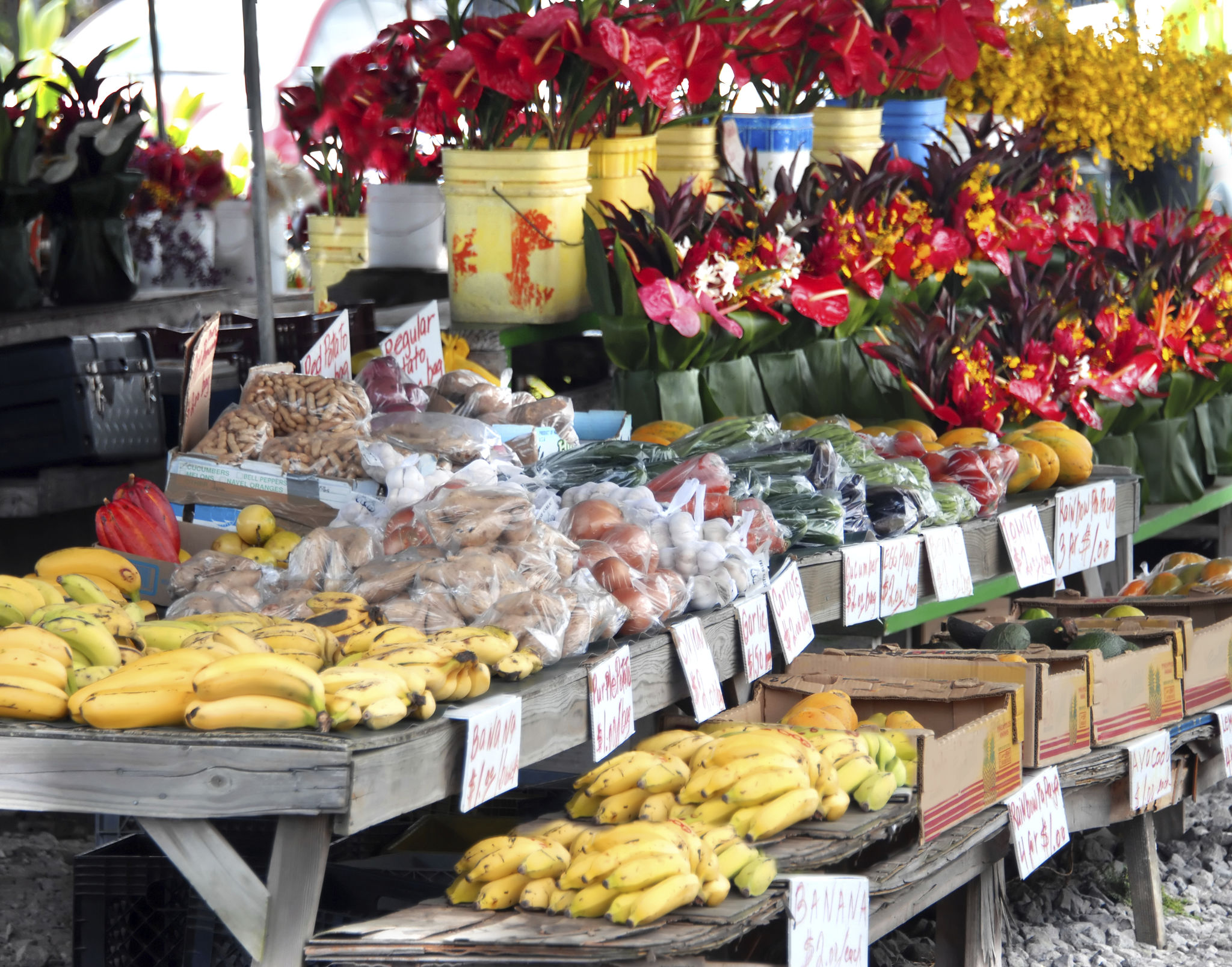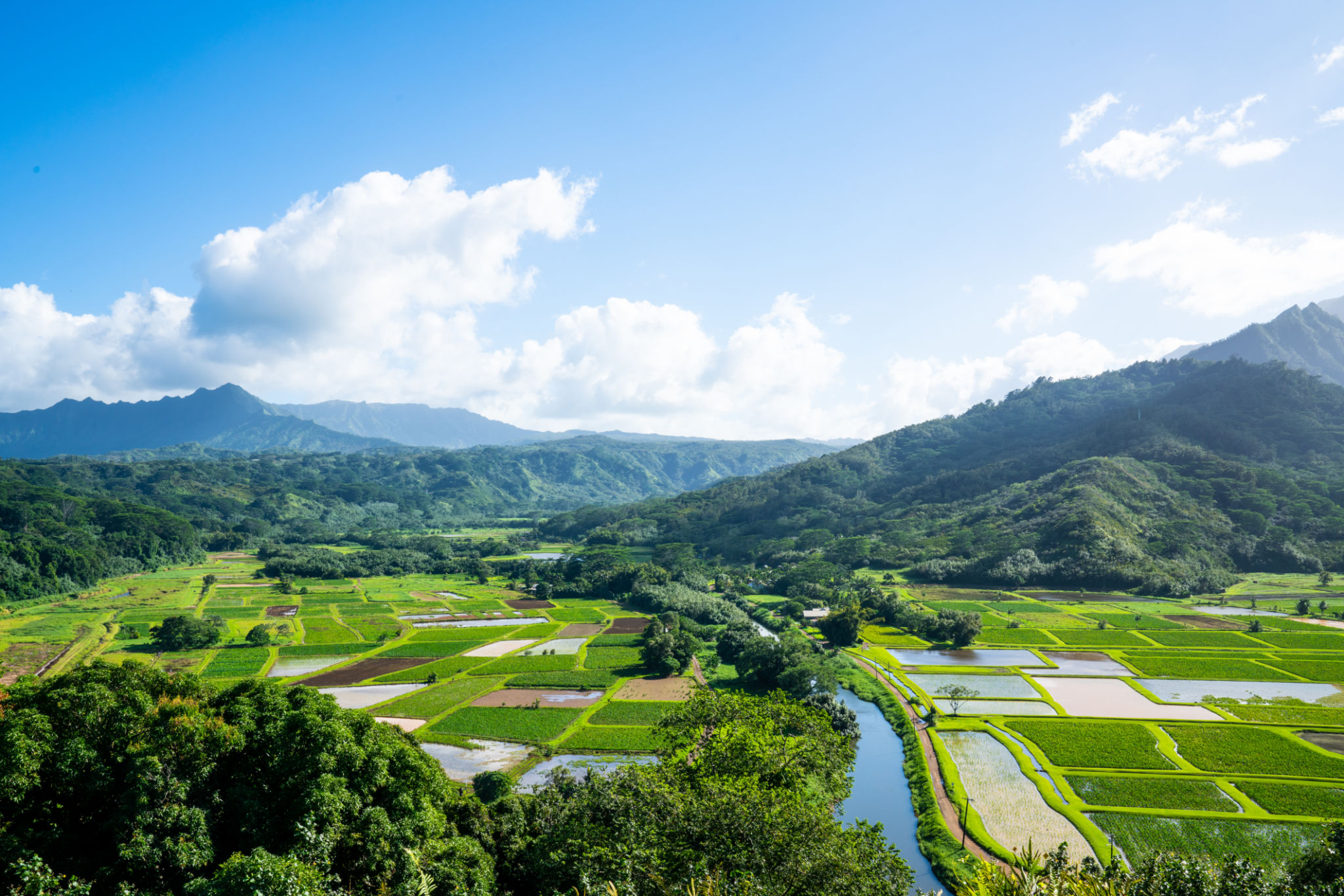The Growing Demand for Local Foods in Hawaii: Trends and Insights
Understanding the Local Food Movement in Hawaii
In recent years, the demand for local foods in Hawaii has surged, driven by a combination of sustainability concerns, health consciousness, and cultural pride. As more consumers seek fresh, locally sourced products, farmers and producers across the islands are stepping up to meet this growing interest. This movement is not only reshaping the food landscape but also playing a crucial role in supporting the local economy and preserving Hawaii's unique agricultural heritage.

Why Local Foods Matter
The push for local foods is often motivated by the desire to reduce carbon footprints associated with long-distance transportation. By choosing locally grown products, consumers can help decrease greenhouse gas emissions and contribute to a more sustainable food system. Moreover, local foods are typically fresher, offering improved taste and nutritional value compared to items that have traveled great distances.
Another significant factor driving this trend is the desire to support local farmers and businesses. By purchasing local produce, consumers are directly contributing to the livelihoods of those within their community, fostering economic resilience and encouraging agricultural diversity.
Popular Local Foods in Hawaii
Hawaii boasts a rich array of local foods that reflect its diverse cultural influences and abundant natural resources. Some popular items include:
- Taro: A staple in traditional Hawaiian cuisine, taro is used to make poi and other beloved dishes.
- Papayas: Known for their sweet flavor and vibrant color, papayas are a tropical favorite.
- Macadamia Nuts: These nuts are widely used in both sweet and savory dishes.
Trends Impacting Local Food Demand
The rise of farm-to-table dining experiences is a key trend bolstering the demand for local foods. Many restaurants in Hawaii now prioritize sourcing ingredients directly from local farms, offering menus that highlight seasonal produce. This not only enhances the dining experience but also educates consumers about the origins of their food.

Additionally, farmers' markets have become an integral part of the community, providing a platform for residents to access fresh produce while fostering connections between consumers and producers. These markets are popular venues for discovering new products and learning about sustainable farming practices.
Challenges and Opportunities
Despite its many benefits, the local food movement in Hawaii faces several challenges. High production costs, land availability, and competition with imported goods can pose significant obstacles for small-scale farmers. However, growing consumer awareness and support offer promising opportunities for overcoming these hurdles.
Innovative solutions such as community-supported agriculture (CSA) programs and cooperative farming initiatives are helping to bridge gaps between producers and consumers. These models enable more direct sales channels and encourage collaborative efforts among farmers.

The Role of Technology
Technology is playing an increasingly vital role in advancing the local food movement. Digital platforms that connect consumers with local producers are making it easier than ever to source fresh ingredients. Additionally, advancements in agriculture technology are helping farmers optimize their yields and reduce environmental impacts.
As technology continues to evolve, it holds the potential to further enhance the efficiency and reach of Hawaii's local food system, ensuring that more residents can enjoy the benefits of homegrown produce.
Looking Toward the Future
The growing demand for local foods in Hawaii reflects a broader shift toward more sustainable and health-conscious consumer behavior. As awareness spreads, the movement is likely to continue gaining momentum, offering immense benefits for the environment, economy, and communities across the islands.
By embracing local foods, individuals can partake in a culinary journey that celebrates Hawaii's rich heritage while contributing to a brighter, more sustainable future for all.